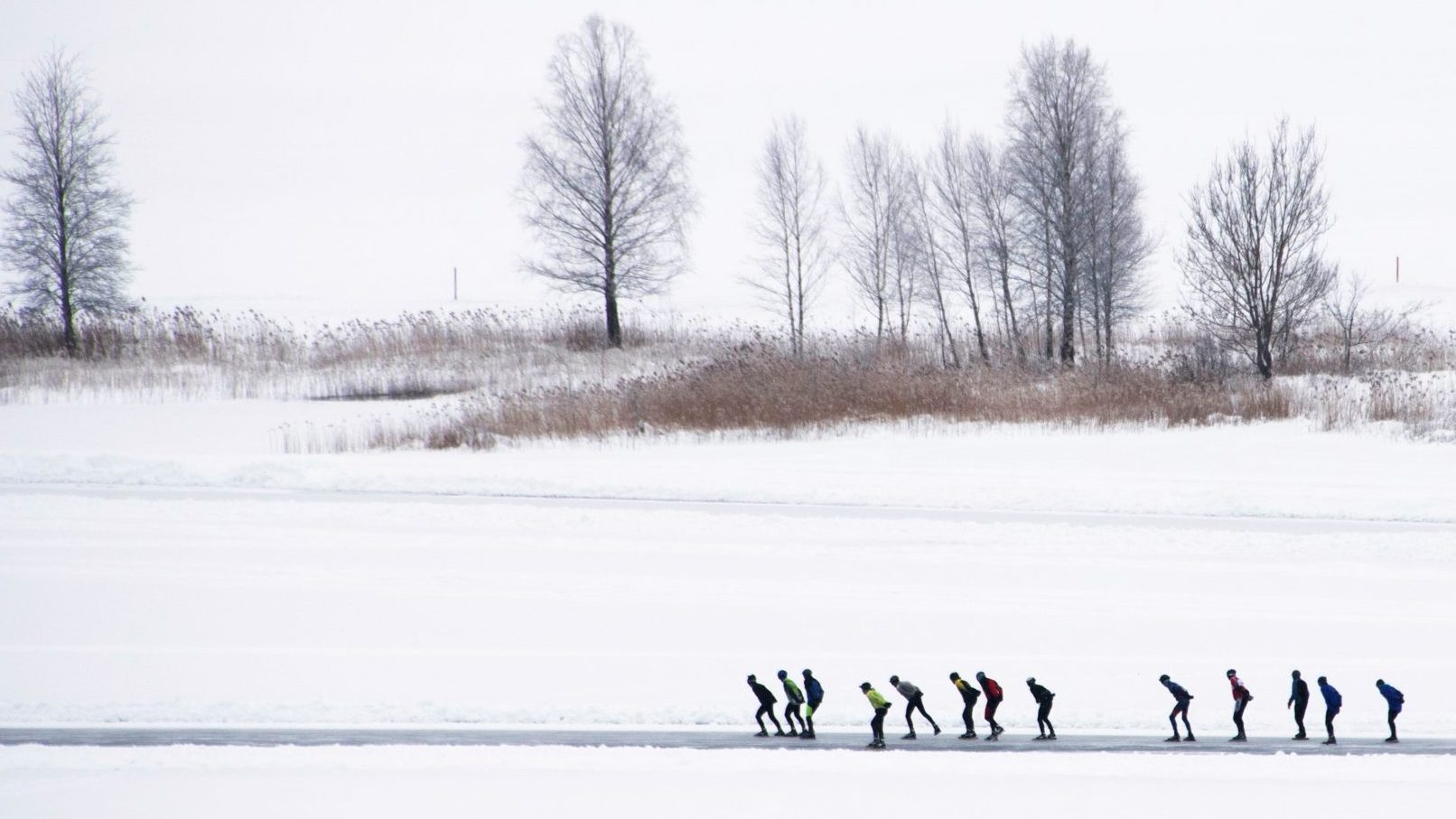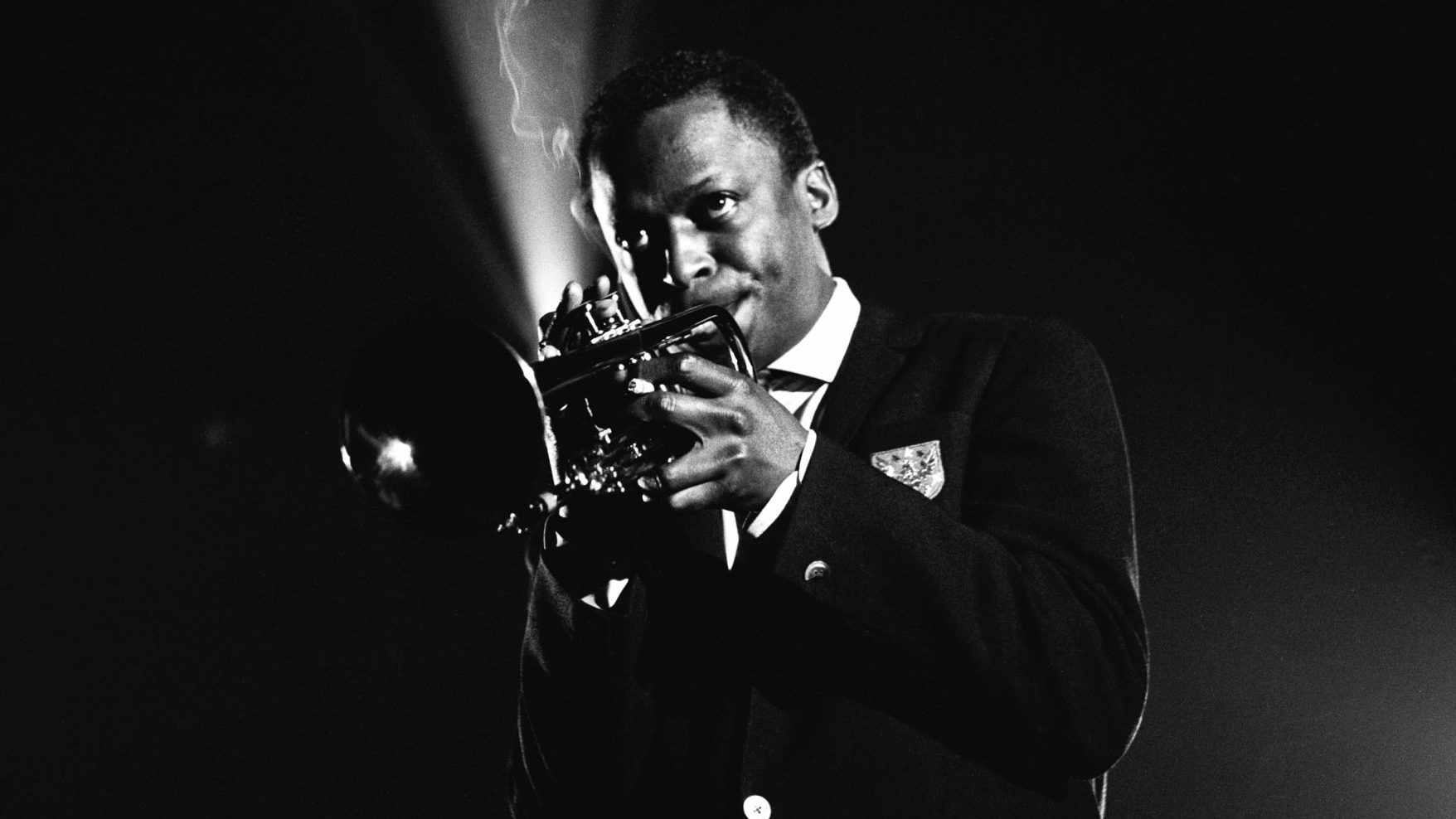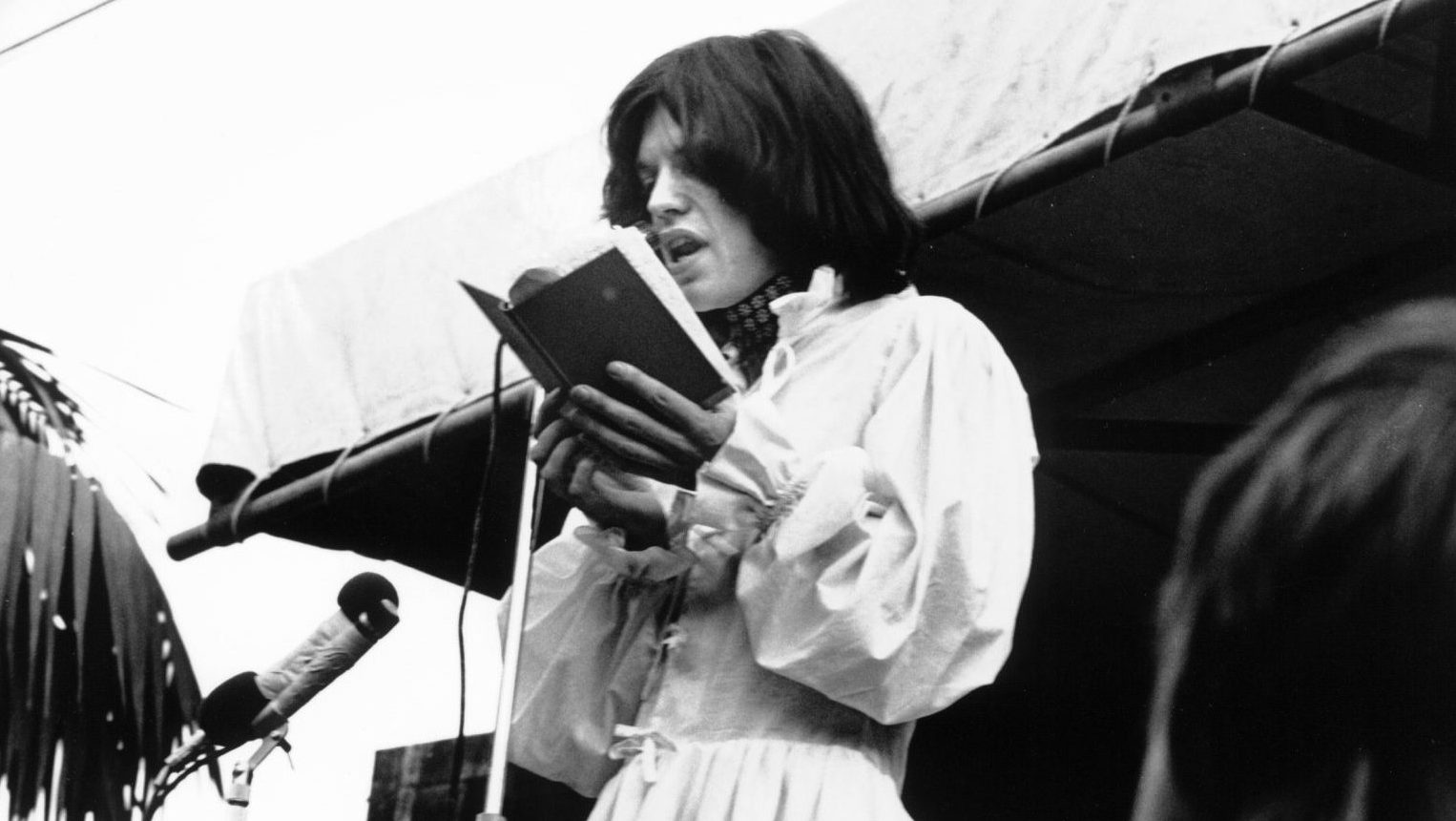“There might never be another Elfstedentocht,” says Edgar Beekhof.
“I skated the last one and that was 26 years ago. Every winter I pray it will happen. But I’m less confident each passing year.” Beekhof, a root vegetable salesman and amateur skater, is talking about the 200-kilometre race around Friesland in the northern Netherlands, a sapping test of endurance and the pinnacle of long-distance ice skating. Yet it is a race that hasn’t been held since 1997.
What is known in English as the Eleven Cities Tour, takes place on the canals that link the towns of the province. Made up of flat pasture perfect for rearing sheep, the Friesland landscape is dotted with lakes and traditional windmills, a bucolic greensward that, in winters past, would turn into a boundless prospect of ice.
The Elfstedentocht has always relied on perfect weather. The ice along the route has to be at least 15 centimetres thick and be in place for at least a week. If these conditions are met then organisers give only 48 hours notice to competitors. The race starts in the dark at 6am and midnight is the cut-off point for those hoping to finish. That means, for some, 18 hours on the ice. It is in equal parts gruelling, enervating and exhilarating.
Because of these strict limitations, the race, first run in 1909, cannot be held every year. In fact there have only been 15. But since 1963, it has only been run three times and, most ominously, never since 1997, a full 26 years without a race. Global warming has claimed numerous victims. Is the Elfstedentocht the latest?
Wiebe Wieling is the chairman of the Vereniging De Friesche Elf Steden (or Association of the Eleven Frisian towns) which organises the Elfstedentocht. He fears his job is becoming increasingly futile. “We all know winters are changing,” he says. “We need at least one very cold week in winter to get the race on.” And that seems less and less likely each year. “But I live in hope,” he adds. At the time of writing, that hope – at least for 2023 – seems futile and the streak seems sure to continue.
If there was never another Elfstedentocht, a huge sporting and cultural hole would have been blasted in the Dutch psyche. When a race is declared the entire nation is gripped. “The whole country goes crazy for one day,” says Wieling. “There have only been 15 editions, so everybody knows how special it is. Olympic ice skaters would return all their gold medals for winning the Elfstedentocht because this is an iconic event.” Retired long-track speed skater Sven Kramer agrees. “Absolutely,” he says. “I’ve won Olympic gold, but the fame that would come from winning an Elfstedentocht would top that a hundred times over.”
“The Dutch would rather have an Elfstedentocht than watch their team win the football world cup,” adds Alida Michels, a web designer and amateur skater who lives in Workum, one of the towns along the route. She was 22 in 1997 and skated the full course. “It’s a passion. My dad skated it in 1986. He told me it would hurt. My legs were burning, my thighs and calves in agony,” she remembers. “My lungs hurt because of the effort and the cold. And then there’s the blisters. But I’d do it again tomorrow.”
The nation pretty much stops for the race. Possibly two million line the route yelling at and encouraging the 300 official competitors and 16,000 leisure skaters. Workers make spurious claims of illness, schoolchildren skive, hotels in towns along the route are full. It’s called Elfstendenkoorts, or Eleven Cities Fever, and the night before the race the centre of the Friesland capital Leeuwarden, where the race starts, becomes one huge street party.
One person who understands all too well the prestige that victory in the Elfstedentocht brings is Evert van Benthem. He won the last two back-to-back races in 1985 in 1986. “It changed my life. Entirely,” he says. “I met Queen Beatrix. I was on TV. I did commercials. I was on chat shows. It was relentless.
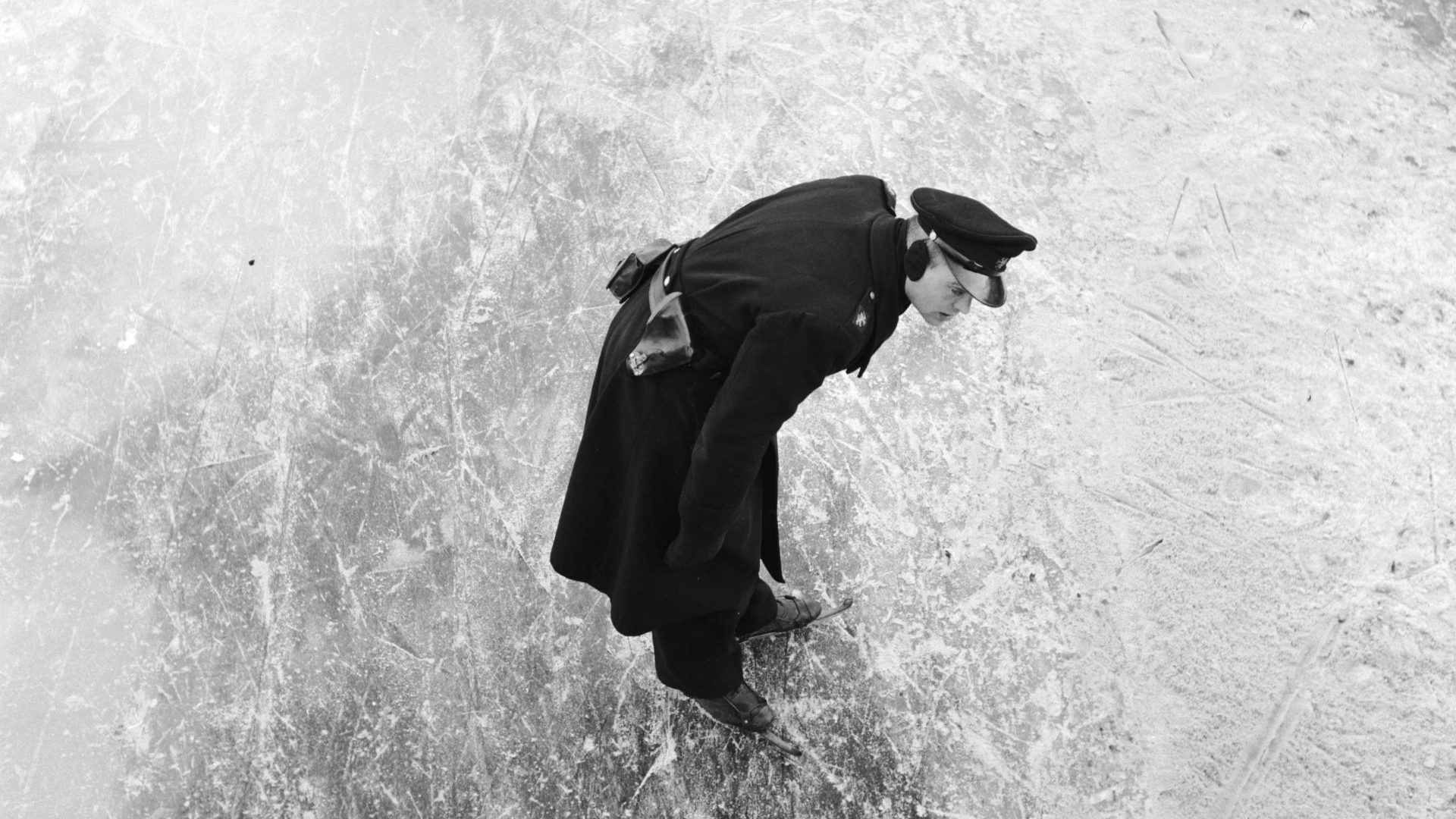
“It would be wrong to say it made me unhappy, it most certainly did not. And I am still proud of my achievement. But I continued my life as a dairy farmer and in 1999 moved to Canada where I could still farm and still skate but without everybody, every day knowing who I was. The peace and privacy I found very welcoming.”
Van Benthem entered the 1997 Elfstedentocht as a leisure skater and, if he is alive, intends to skate it once more when it is next held. “I just hope it is,” he says. “It’s our Dutch heritage.”
The route can vary to avoid stretches where the ice is substandard and, occasionally, where parts of the waterway haven’t fully frozen, competitors leave the canal and scramble across carpets to the next section of solid ice. In fact the first segment of the race is on foot. It starts in the great hall in Leeuwarden which is more than a kilometre from the first canal.
Competitors then don their skates and begin their stamina-sapping trek. The circular route takes in the historic cities of Sneek, IJlst, Sloten, Stavoren, Hindeloopen, Workum, Bolsward, Harlingen, Franeker and Dokkum before returning to the traditional finishing point by the De Bullemolen windmill on the Bonkevaart canal in Leeuwarden. Each skater must collect a stamp in each city plus three others from checkpoints undisclosed before the start to prevent cheating.
The first winner in 1909 was Minne Hoekstra, one of 22 who started the race. He finished in 13 hours and 50 minutes. In 1997 Henk Angenent took 6 hours, 49 minutes and 11 seconds. Women have competed since 1912 when Jikke Gastra entered as an amateur. It was not until 1985, however, that women were allowed to enter the official race, with Lenie van der Hoorn taking the inaugural women’s title.
Angenent is, of course, by default the reigning champion. When he won the race he was a sprout farmer. “What fame did do for me was allow me to take up my real passion,” he says. He now trains horses for show jumping. “There’s no prize money, but the endorsements and advertisements bring in enough cash to make modest changes in your life.” And the fact he’s the most recent winner means he’s still a hero to many. “Somebody once said to me that I am more famous than Johan Cruyff, the soccer player. Maybe not to the rest of the world, but perhaps in the Netherlands. Isn’t that weird? I still can’t come to terms with it because to me I’m still Henk Angenent.”
So will there be another Elfstedentocht? The Netherlands Meteorological Institute reckons two weeks of temperatures well below freezing are required to produce conditions safe to race on. It also adds that the likelihood of this happening in any given year is about 8% and falling. “That’s the figure we’ve been given,” says Wieling. “So we are not optimistic but realistic. Remember there was another long period without an Elfstedentocht between 1963 and 1985.”
The right conditions have rarely happened over the last decade but, if and when they do, the Vereniging De Friesche Elf Steden is ready to swing into action. “Our 32,000 members are expecting us to be ready,” says Wieling. “We have a rigid starting point. And that is nature. If it does its job then all our unpaid volunteers get to work.”
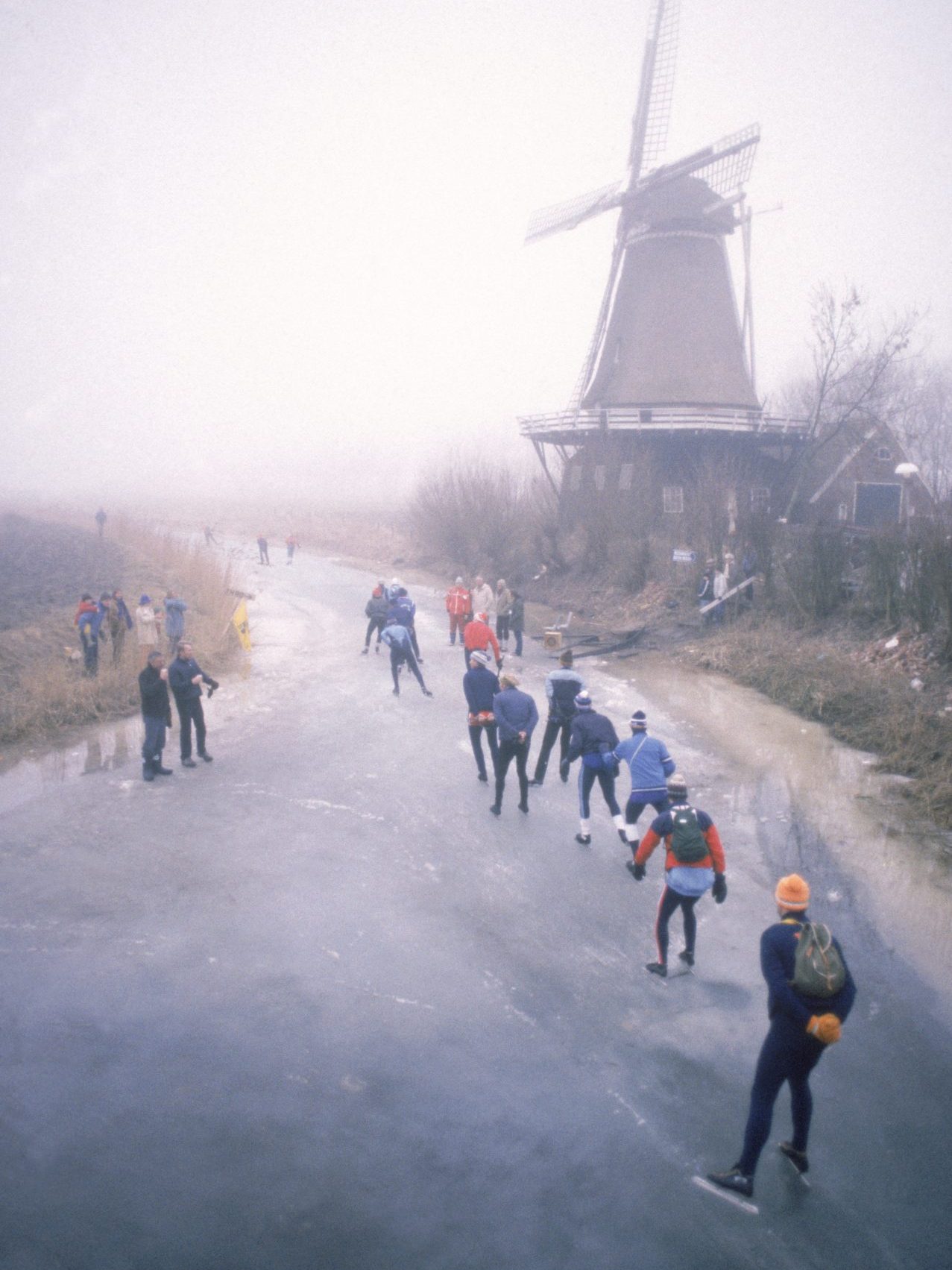
Local authorities are requested to close lock gates to stop the canal water, allowing it to freeze more easily, and volunteers begin drilling holes to check ice depth. The last time this happened was in 2012 but at the last minute a section of ice melted and the race was called off. Certainly the conditions that greeted competitors in 1963 – the year of the “big freeze” – seem unlikely to be repeated.
A howling gale created blizzard conditions and temperatures as low as -18°C. The exhausted winner, Reiner Paping, was snow-blinded and missed the finishing line. He was fortunate. Despite packing their clothing with newspapers and rags to stay warm, many of his rivals were left frostbitten or with broken limbs as they slewed across the treacherous ice. Only around 120 of 10,000 starters finished. “Paping was elected Dutch sportsman of the century,” says Wieling. “Despite the weather it was the greatest Elfstedentocht of them all.”
But that’s the glorious and unforgiving past; what of the future?
Is there one? It’s looking bleak. “Friesland is no longer the winter wonderland it was,” says author Jurryt van de Vooren, who has written a book covering the history of the Elfstedentocht and its quarter-century hiatus. “Sometimes we only see mild frosts. Maybe even they will disappear in the next decade.” The temperature charts of the Netherlands Meteorological Institute make grim reading too. The long-term trend, like everywhere on the planet, is up. Wieling accepts there is little hope for this year. “Forecasts say no chance at all,” he says. “Once February has passed the sun is too powerful.”
Some years, sections of the course are skated when conditions allow, but these events are limited and often just organised between friends. Dafne Guerts skates the section around Stavoren when the weather permits.
“I hope one day to do the whole route,” she says. “My parents and my uncle did it back in 1997. I was too young, I watched with my grandmother. But I was a good skater even then, and my parents now wish they’d let me take part because they fear there won’t be another.”
Safety today is also an issue. Skaters falling through thin ice would doubtless bring calls for the race to be permanently halted. Local governments take such matters far more seriously than they would have in the last century.
As Wieling explained, 32,000 skaters are signed up in anticipation of the next race. If it eventually happens, many will be disappointed at not making the cut. In the meantime some now head to the Alternative Elfstedentocht on the Weissensee in the Austrian Alps. It’s held in late January or early February and because of its altitude (945 metres) ice is guaranteed. But, of course, it’s not the same. Nor is the Eleven Cities Cycling race which takes in the Elfstedentocht route in years when there is no skating tour.
The Dutch love speed skating. They have won more Olympic gold medals than any other nation, and the Elfstedentocht is a part of Dutch heritage in the way that the Tour de France captures the hearts of the French nation or the Indianapolis 500 the Americans’. It’s as much a construct of soul and ceremony as it is a sporting event. Wieling concurs: “If there is ice in the Netherlands everybody wants to skate; it is in our hearts.”
Winners are immortalised on the Bridge of Tiles over the river Murk, near Leeuwarden. The bridge has an optimistic message written across it: “It Sil Heve”, which means “It Will Happen”. The people of this perennially agrestic land can only hope that rings true. Otherwise it will mean that a bastion of Friesian culture has simply melted away.


